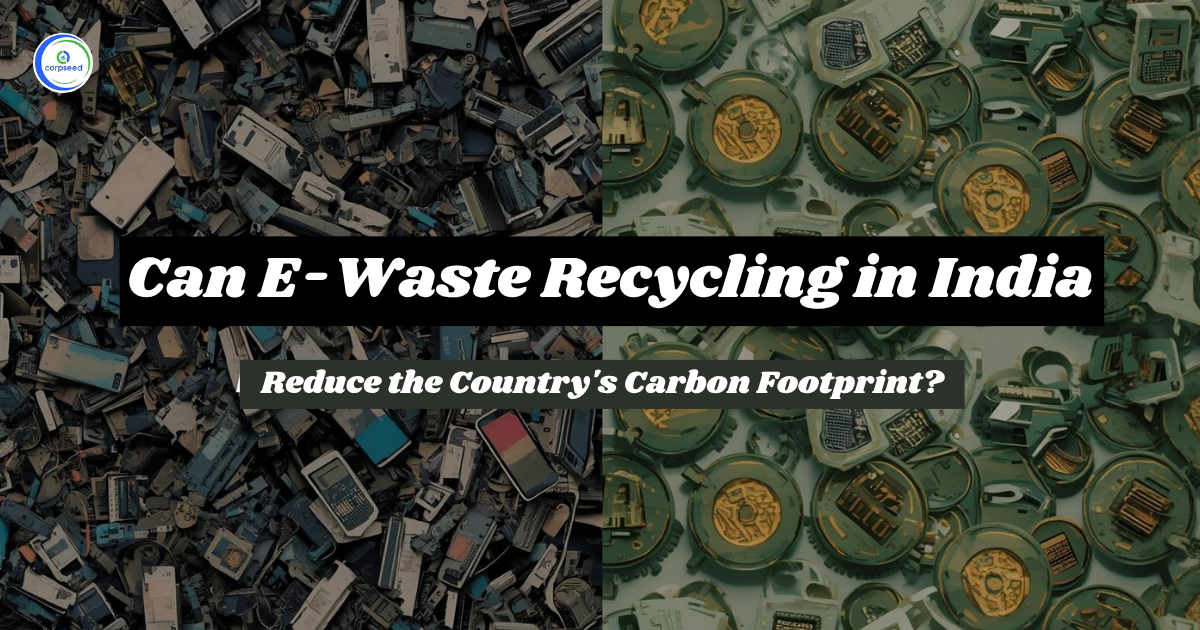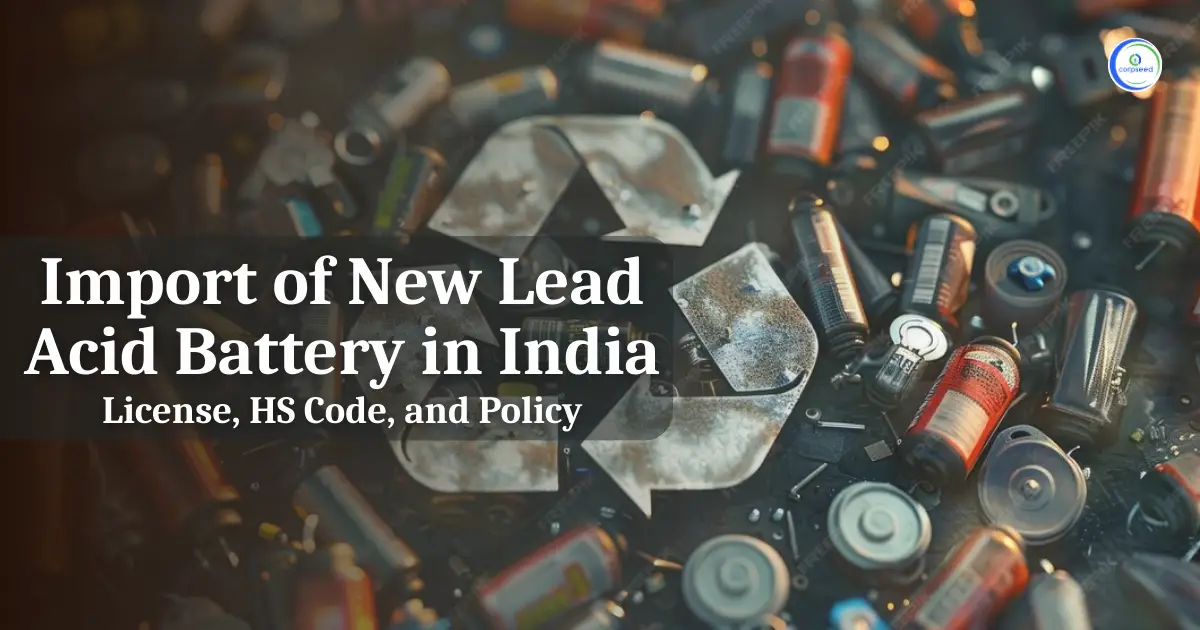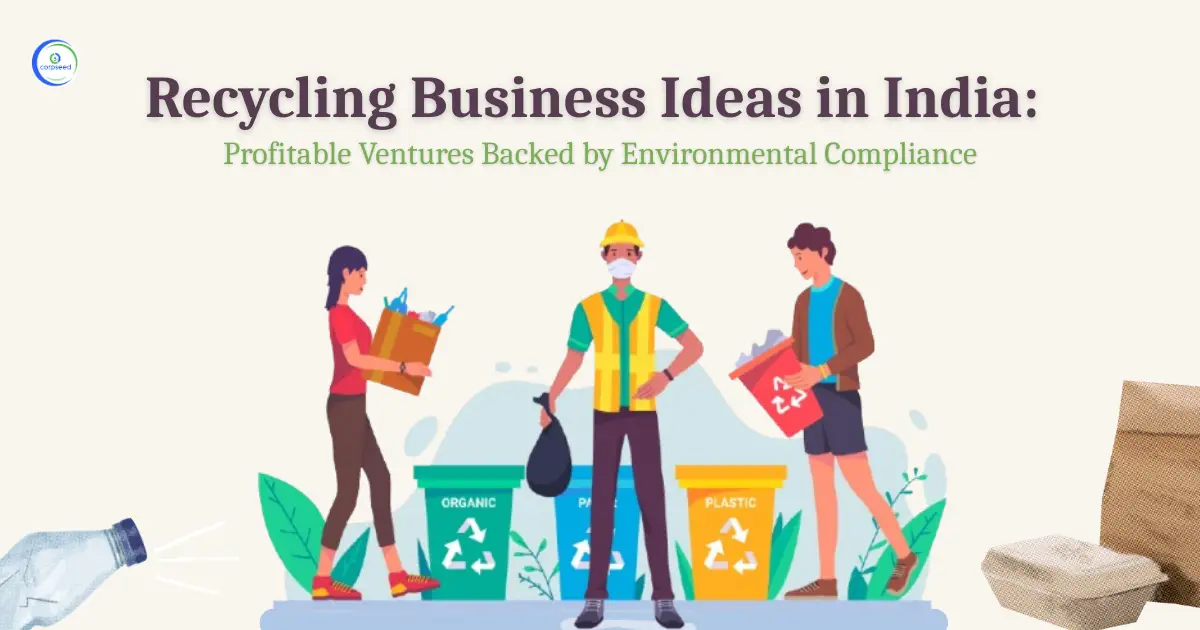Introduction: Waste Water
What is Waste Water: Owing to the process wherein the composition of water keeps varying subject to industrial, commercial, or domestic use, making it is difficult to somehow evolve a definition of wastewater. It usually denotes water that has been used either commercially or domestically. It includes water from rainwater runoff.
The effluents in the waste water are a substantial source of water pollution whereby it degrades the quality of a fresh lake or pond water etc.
Waste Water: Types
The types of wastewater can be categorized on the basis of the point and cause of its origin which are as follows:
- Based on domestic use, e.g.: from houses
- Based on commercial use, e.g.: from automobile shops
- Based on industrial use, e.g.: from agriculture
Content of Wastewater
A variety of toxins and contaminants can be found in waste water, including:
- Nutrients related to plants
- pathogenic microorganisms
- Pollutants of organic nature
- Heavy metals
- Micropollutants etc.
The organic content of waste water mainly constitutes protein, fat, human feces etc. Some of this organic matter dissolves in water, while others remain as individual particles called as suspended solids. Waste water is subject to treatment to get rid of the organic matter.
Management of waste water
Wastewater management should take into account the long-term management of wastewater from the point of origin to its re-entry further into the ecosystem.
Many of today's ill-conceived and poorly controlled schemes obstruct natural water purification and soil structure maintenance processes. It's clear that wastewater management systems must be designed to function with rather than against natural ecosystems."
Read Our Blog: RO Management of waste water
Waste water can be effectively managed in the following ways:
- Taking a holistic approach to wastewater treatment setup at all levels
- Optimal reuse of waste water
- Strengthening the institutional obligation for wastewater management
- Increasing political will and emphasizing the importance of better wastewater monitoring
- Recognizing wastewater for its critical role in sustainable development.
Waste water treatment process
There are nine resource groups consumed in the treatment process of wastewater:
- Labor: fixed and variable remuneration, monetary payment (or in kind) of the staff, whether they are permanent or temporary, who provide the service.
- Energy: consumption of different sources of energy employed in the pumping of purified and regenerated water.
- Treatment products: chemicals and reagents used for treating purified and regenerated water.
- Maintenance: costs required to guarantee the normal functioning of equipment and facilities.
- Administrative costs: related to customer services and financial and administrative control.
- Supplies and external services: electricity and supplies for lighting and heating of the offices, technical and legal services, external transport services, security of buildings and facilities, services of meter reading and residential charging, except those carried out by own staff, external billing, renting and maintenance of computer equipment.
- Taxes: cost of fiscal licenses, royalties and municipal duties and all taxes directly attributable to the process.
- Technical depreciation: To replace material in the future, the depreciation of material or immaterial assets during the considered period must be included.
- General costs: renting, insurance for civil liability, transport, trips, journal subscriptions, telephone and other communications, publicity, public relations, social costs, etc.
Waste water treatment plant
The waste water treatment plant setup has as many as 6 modules or components which are as follows:
- Grease trap: It collects oil and grease on the surface of the water, while the wastewater under it is released into the settler.
- Settler: anaerobic digestion of organic or inorganic is triggered in the sedimentation tank
- Anaerobic baffled reactor
- Anaerobic filter
- Horizontal planted gravel filter
- Polishing pond
Waste water treatment process
Sewage first undergoes advanced primary treatment, in which large particles are removed from water, before entering sedimentation tanks, where chemicals are just used to cause primary sludge to settle to the bottom and scum to rise to the surface. Once the water has been separated, the solids have been removed to the extent that the wastewater is pure enough to be released into the ocean.
Waste water is subjected to bacteria in secondary treatment, for ingestion of organic solids which in turn results in sludge that settle down in the bottom.
Tertiary treatment helps in removing any remaining solids from the water, disinfects this with chlorine, and eliminates the salt. This water is referred to as recycled water and can be used for irrigating and in industries.
Through the process of reverse osmosis, pressure is applied to the water on one side of membrane making a way for pure water to pass by which helps in eliminating all types of bacteria and viruses. Water is then subjected to ultra violet light for the purpose of disinfecting the water. Finally, it is introduced to groundwater or surface water reservoirs, where it will be purified further by natural processes over the course of 6 months.
Cost of waste water treatment plant setup
Waste water plant setup requires a lot of pre requisites in hand, important being land and installation expenses. Planning and designing of waste water treatment setup must be done keeping in mind the requirement to treat waste water. Major expenses would come from installing of machineries and maintenance activities. The following 3 requisites must be duly noted:
- Requirement of land: The overall area of land required to install various treatment units can be determined based on the total volume of the waste water to be treated. The main consideration that will cast an influence being:
- Nature of wastewater
- Unit tanks depth
|
Settler |
0.5 m2/m3 daily flow |
|
Anaerobic baffled reactor |
1 m2/m3 daily flow |
|
Constructed wetland: |
30 m2/m3 daily flow |
|
Anaerobic ponds: |
4 m2/m3 daily flow |
|
Facultative aerobic ponds |
25 m2/m3 daily flow |
- Installation expenses: It is inclusive of expenses with respect to activities like plumbing, excavation etc. In whole, a plant with a capacity of 8-10 KLD will cost about Rs. 2.5-3 lakhs to install.
- Maintenance: In order to fetch maximum output and side by side ensure the durability of the wastewater treatment plant, it becomes imperative that it is maintained at regular intervals. The plant's estimated operating and maintenance costs per year are usually between Rs. 3000-5000. In order to meet standard requirement, frequent de-sludging of the settler and baffled reactor is desired every 1-3 years.
Conclusion
Wastewater treatment and reuse processes are an essential element of the efficient management of the water cycle, the. On the one hand, this process makes substantial savings in water resources as it allows the reuse of treated water for certain activities, and on the other, it helps maintain the ecological balance by cleaning water before it is returned to the environment.
This portion of the site is for informational purposes only. The content is not legal advice. The statements and opinions are the expression of author, not corpseed, and have not been evaluated by corpseed for accuracy, completeness, or changes in the law.
BOOK A FREE CONSULTATION
Get help from an experienced legal adviser. Schedule your consultation at a time that works for you and it's absolutely FREE.








.webp)
